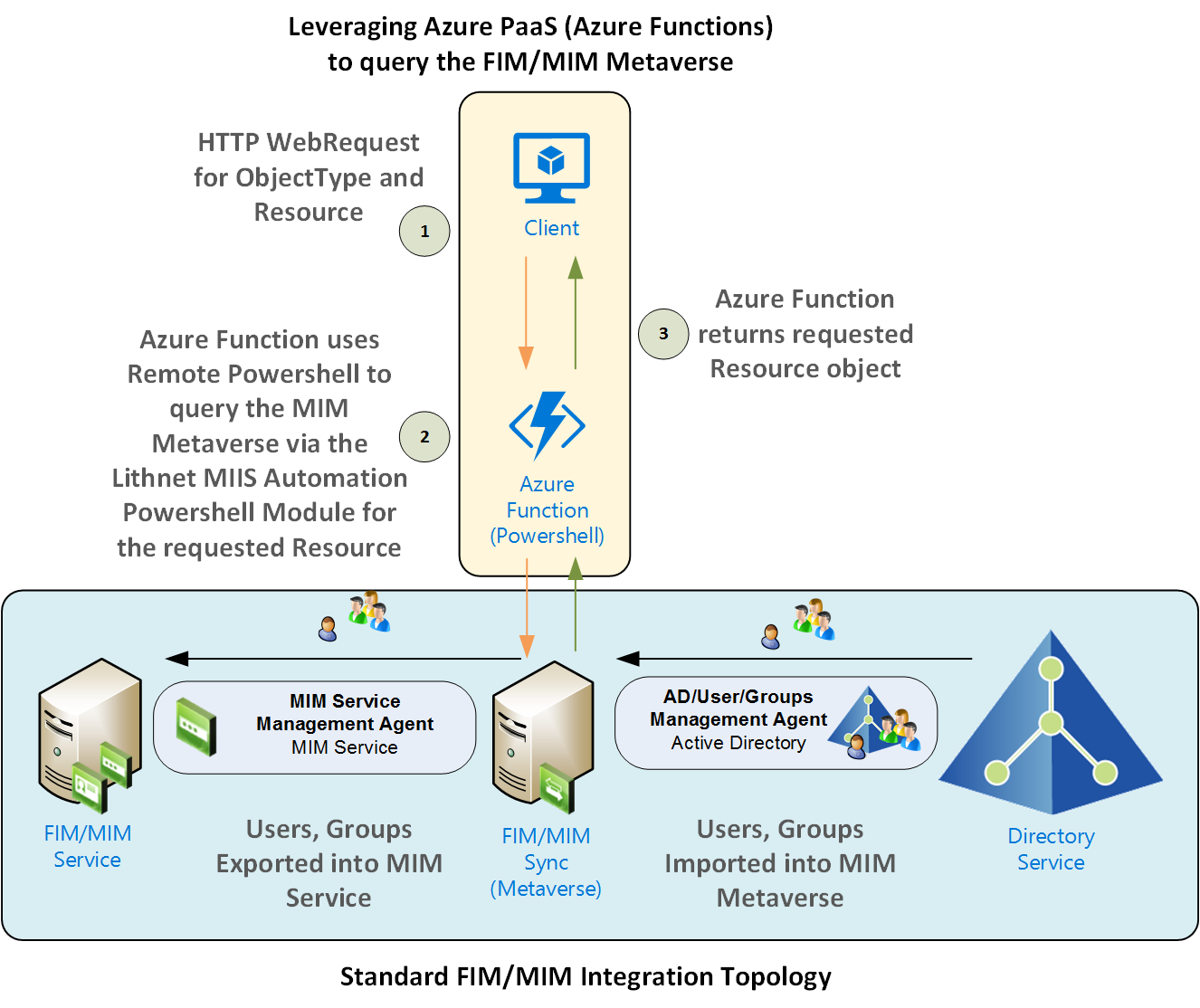Experiences with the new AWS Application Load Balancer
Originally posted on Andrew’s blog @ cloudconsultancy.info
Summary
Recently I had an opportunity to test drive AWS Application load balancer as my client had a requirement for making their websocket application fault tolerant. The implementation was complete windows stack and utilised ADFS 2.0 for SAML authentication however this should not affect other people’s implementation.
The AWS Application load balancer is a fairly new feature which provides layer 7 load balancing and support for HTTP/2 as well as websockets.… [Keep reading] “Experiences with the new AWS Application Load Balancer”



